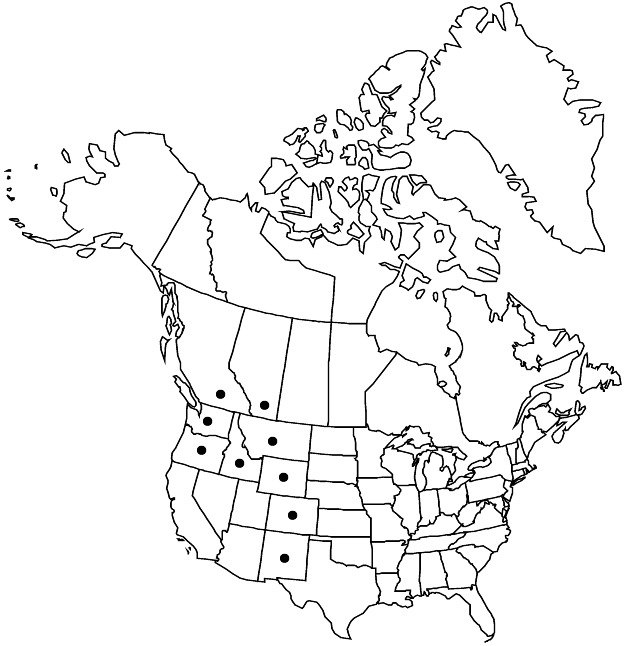Difference between revisions of "Silene scouleri subsp. hallii"
Revis. N. Amer. Silene, 26. 1947.
FNA>Volume Importer |
imported>Volume Importer |
||
| (One intermediate revision by one other user not shown) | |||
| Line 8: | Line 8: | ||
}} | }} | ||
|common_names=Hall’s catchfly | |common_names=Hall’s catchfly | ||
| + | |special_status={{Treatment/ID/Special_status | ||
| + | |code=E | ||
| + | |label=Endemic | ||
| + | }} | ||
|basionyms={{Treatment/ID/Basionym | |basionyms={{Treatment/ID/Basionym | ||
|name=Silene hallii | |name=Silene hallii | ||
| Line 64: | Line 68: | ||
|publication title=Revis. N. Amer. Silene, | |publication title=Revis. N. Amer. Silene, | ||
|publication year=1947 | |publication year=1947 | ||
| − | |special status= | + | |special status=Endemic |
| − | |source xml=https:// | + | |source xml=https://bitbucket.org/aafc-mbb/fna-data-curation/src/2e0870ddd59836b60bcf96646a41e87ea5a5943a/coarse_grained_fna_xml/V5/V5_416.xml |
|subfamily=Caryophyllaceae subfam. Caryophylloideae | |subfamily=Caryophyllaceae subfam. Caryophylloideae | ||
|genus=Silene | |genus=Silene | ||
Latest revision as of 22:11, 5 November 2020
Stems stout, 10–40 cm, glandular-puberulent. Leaves: basal broadly petiolate, petiole ciliate, blade oblanceolate, 7–15 cm × 7–18(–30) mm (including petiole), base cuneate, apex acute, puberulent on both surfaces; cauline in (1–)2–3(–6) pairs, sessile, blade lanceolate to elliptic-oblanceolate, 1.5–13 cm × 3–15(–30) mm, base cuneate. Inflorescences erect, cymose, sturdy,with(1–)3–6(–8) flowering nodes, 3–10(–20)-flowered; cymes usually sessile; bracts lanceolate, usually 3–30 mm. Pedicels ascending in flower, often spreading to reflexed proximal to calyx in fruit, stout, 1/4–1(–11/2) times length of calyx, ± equaling calyx in fruit, viscid glandular-pubescent. Flowers: calyx campanulate, not or only slightly clavate in fruit, 13–18(–20) × (5–)6–8 mm, veins green or purple tinged, often heavily so, those to lobes lanceolate, much-broadened distally, viscid glandular-pubescent, lobes 3–5 mm, margins membranous, apex acute with obtuse, broad, ciliate margins; corolla white or greenish white, pink tinged to purple tipped, claw lanceolate, broadened distally, ciliate, limb 2-lobed, 2.5–8 mm, sometimes with lateral teeth, appendages 1–3 mm; stamens equaling petals; styles equaling petals. Capsules ellipsoid, equaling calyx; carpophore 1.5–3.5 mm. Seeds grayish brown, reniform, ca. 1 mm. 2n = 48, 96.
Phenology: Flowering summer.
Habitat: Grasslands, woodlands, open forests, alpine meadows
Elevation: 800-3800 m
Distribution

Alta., B.C., Colo., Idaho, Mont., N.Mex., Oreg., Wash., Wyo.
Discussion
The main center of distribution of subsp. hallii is Colorado, but plants referable to or approaching this subspecies occur along the Rocky Mountains from New Mexico to southern British Columbia and Alberta.
Selected References
None.